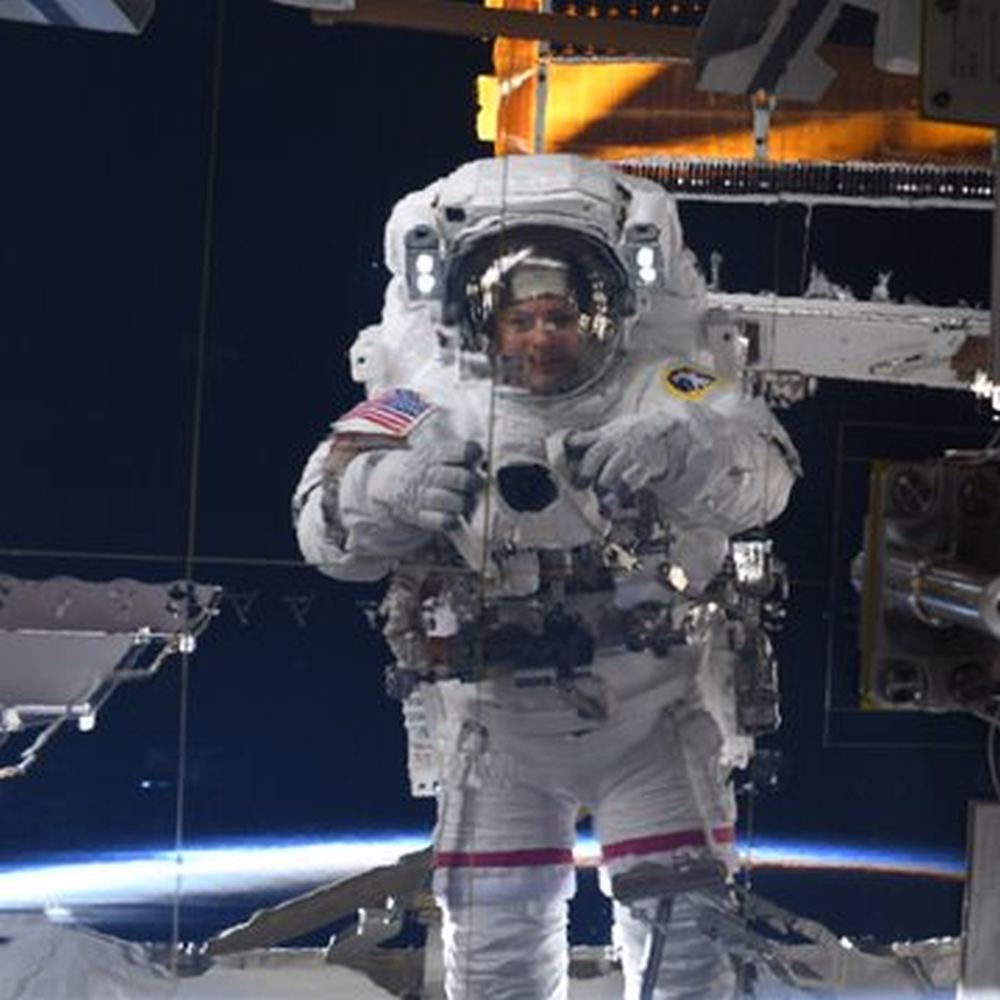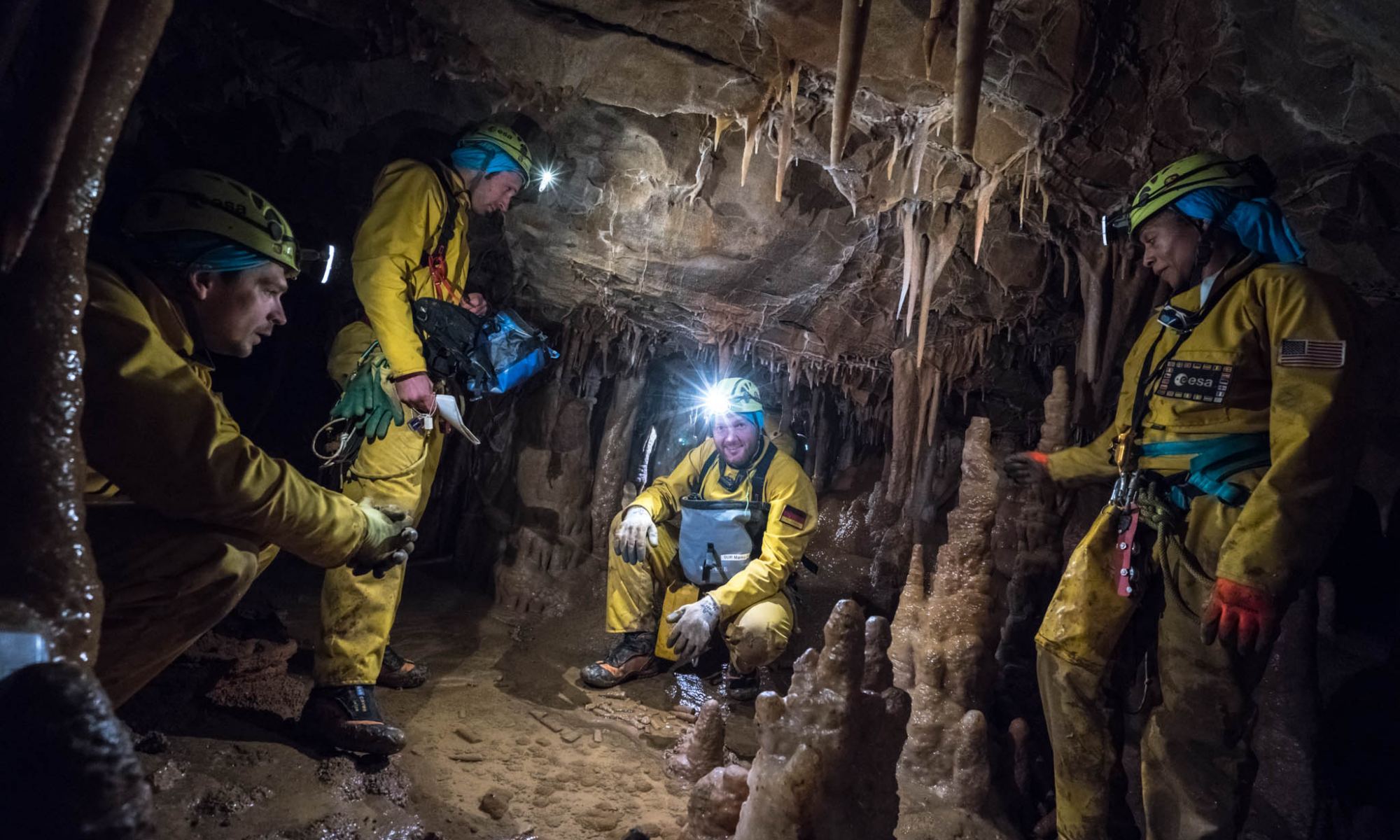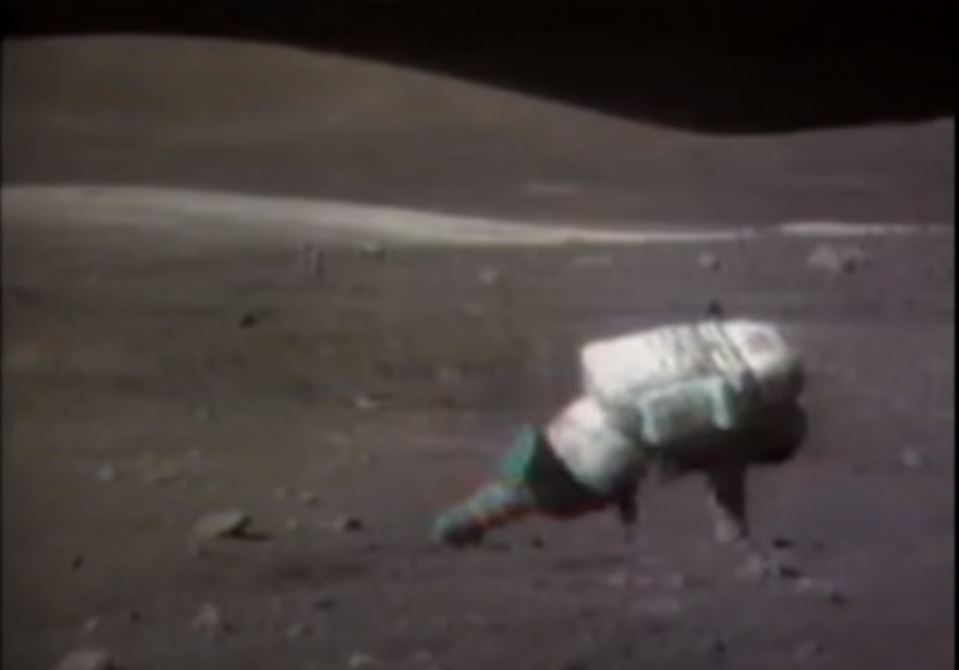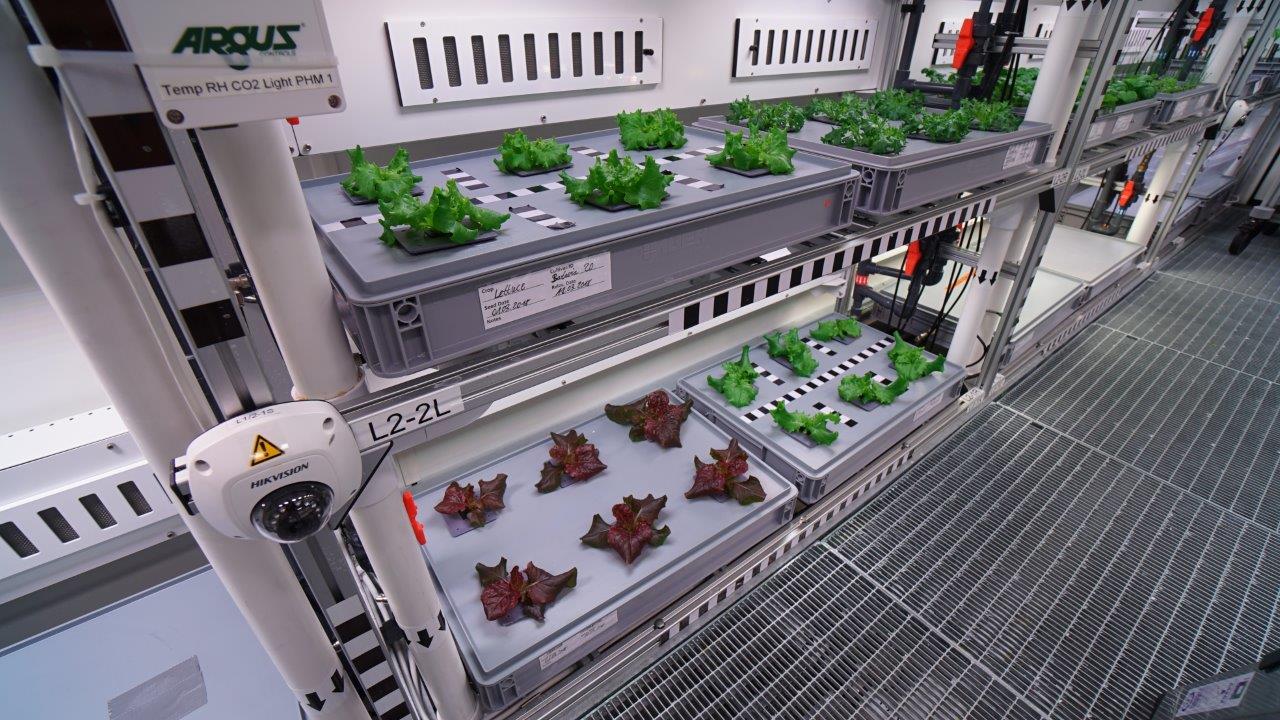The Apollo astronauts walked on the Moon, yes. But they also hopped, bounded, and shuffled. And sometimes they fell, spectacularly. That caused a lot of consternation back on the Earth, especially for the engineers who designed the Apollo spacesuits.
Continue reading “Hilarious Supercut of Astronauts Falling on the Moon”Future Astronauts Could Enjoy Fresh Vegetables From an Autonomous Orbital Greenhouse
If humanity is going to become a spare-faring and interplanetary species, one of the most important things will be the ability of astronauts to see to their needs independently. Relying on regular shipments of supplies from Earth is not only inelegant; it’s also impractical and very expensive. For this reason, scientists are working to create technologies that would allow astronauts to provide for their own food, water, and breathable air.
To this end, a team of researchers from Tomsk Polytechnic University in central Russia – along with scientists from other universities and research institutes in the region – recently developed a prototype for an orbital greenhouse. Known as the Orbital Biological Automatic Module, this device allows plants to be grown and cultivated in space and could be heading to the International Space Station (ISS) in the coming years.
Continue reading “Future Astronauts Could Enjoy Fresh Vegetables From an Autonomous Orbital Greenhouse”NASA Astronaut Jessica Meir Took a Space Selfie, Capturing her Reflection in the Space Station

If there’s an award for “Selfie of the Year” NASA astronaut Jessica Meir just won it.
Continue reading “NASA Astronaut Jessica Meir Took a Space Selfie, Capturing her Reflection in the Space Station”IKEA’s New Collection is Inspired by the Challenges of Living on Mars
The Mars Desert Research Station (MDRS) is a simulated Martian habitat in Utah. It’s owned by the Mars Society, and it’s the society’s second such station. The MDRS is a research facility, and while there, scientists must live as if they were on Mars, including wearing simulated space suits.
One group of visitors wasn’t there for science, but for interior design. Two years ago, a trio of Ikea designers spent three days at the MDRS to develop Ikea products for small spaces. As it turns out, they ended up using their experience at the MDRS to help outfit the MDRS itself.
Continue reading “IKEA’s New Collection is Inspired by the Challenges of Living on Mars”If Astronauts Hibernated on Long Journeys, They’d Need Smaller Spacecraft
There’s a disturbing lack of hibernation in our space-faring plans. In movies and books, astronauts pop in and out of hibernation—or stasis, or cryogenic sleep, or suspended animation, or something like it—on a regular basis. If we ever figure out some kind of hibernation, can we take advantage of it to get by with smaller spacecraft?
The European Space Agency (ESA) is working to answer that question.
Continue reading “If Astronauts Hibernated on Long Journeys, They’d Need Smaller Spacecraft”Time-lapse Captured from the International Space Station

400 photos. 11 minutes. That’s what it took to create this time-lapse of the Earth and stars as the International Space Station over Namibia toward the Red Sea. NASA astronaut Christina Koch captured these images.
Continue reading “Time-lapse Captured from the International Space Station”They’ve Got Spacesuits that Fit Now. Christina Koch and Jessica Meir Will Spacewalk on October 21st

The all-female astronaut walk is back on.
Back on March 26th, 2019, NASA was forced to cancel the first all-female spacewalk because they didn’t have the right spacesuits available on the ISS. There was a short-lived social media storm over that development, as some claimed it was evidence of sexism on the part of NASA. But that small storm didn’t have legs and it died out, because no serious-minded observer thinks that NASA is actually sexist.
Now, the problem has been worked out, and the spacewalk will happen on October 21st, when astronauts Christina Koch and Jessica Meir will walk outside the ISS and install new lithium-ion batteries. Theirs is the first of five walks needed to complete the installation.
Continue reading “They’ve Got Spacesuits that Fit Now. Christina Koch and Jessica Meir Will Spacewalk on October 21st”Nine Astronauts from Four Different Space Agencies are on the International Space Station Right Now

The International Space Station’s usual complement of six astronauts grew by 50% recently, making things a little crowded up there. The nine astronauts come from four separate space agencies, and for the first time, an astronaut from the United Arab Emirates (UAE) is onboard the ISS.
The ISS is a multicultural place. Astronauts from around the world serve on the station to advance the scientific goals of humanity and to build cooperative ties between Earth’s different peoples. It’s kind of like Star Trek, but in space.
Continue reading “Nine Astronauts from Four Different Space Agencies are on the International Space Station Right Now”Astronauts Explore Caves on Earth, Learning the Skills They’ll Need for the Moon and Mars

We’re accustomed to astronauts pulling off their missions without a hitch. They head up to the International Space Station for months at a time and do what they do, then come home. But upcoming missions to the surface of the Moon, and maybe Mars, present a whole new set of challenges.
One way astronauts are preparing for those challenges is by exploring the extreme environment inside caves.
Continue reading “Astronauts Explore Caves on Earth, Learning the Skills They’ll Need for the Moon and Mars”Astronauts Try Mixing Concrete in Space
What sounds like a slap-stick comedy shtick is actually solid science. With so much of humanity’s space-faring future involving habitats, other structures, and a permanent presence on the Moon and Mars, mixing concrete in space is serious business. NASA has a program of study called MICS, (Microgravity Investigation of Cement Solidification) which is examining how we might build habitats or other structures in microgravity.
Continue reading “Astronauts Try Mixing Concrete in Space”




